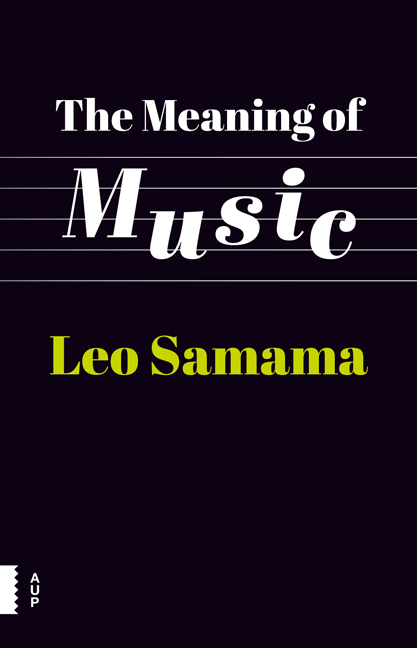Summary
Conductors have always been the subject of many stories, and not only because they are entitled to stand with their back to the audience. Orchestra members, reviewers and the public alike enjoy discussing their status and fortunes, their comings and goings. The number of anecdotes about conductors is as good as endless. More than any kind of musician in the 20th century, the conductor has become a symbol for stardom in music, a stardom that in the last fifty years has only been surpassed by that of pop artists. Of course, the status of the conductor as a star and an object of adoration by large groups of music lovers is by no means a new phenomenon. In the 18th century there was the same adoration for castrati, and in the 19th century for piano virtuosos such as Liszt, violin virtuosos like Paganini and singers such as Maria Malibran or Adelina Patti. In those days, the conductor as the subject of worship was still in the making.
Conducting in the form of beating the bars or giving the tempo is directly connected to the rise of performing music in groups, and in particular when each individual voice, previously sung or played by a single musician, began to be performed by increasing numbers, and moreover as soon as music increased in its complexity. The first conductors as givers of tempo and entries can be found in the 16th century. Tempo had previously been passed on using hand signals. The singers of a small choir could also lay their hand on the shoulder of the singer standing in front of them and synchronise the tactus (the beat) through a gentle squeeze. It is not clear whether the operas of Monteverdi, for example, were actually conducted, or whether the ensembles were led from the harpsichord or while playing the lute. Somebody must have kept everyone in line, sometimes by signals or ensuring the precision of an entry with the hand. In all probability this would have been the composer himself, who was almost always a member of the ensemble.
What we do know for certain is that the Italian dance master and composer Jean-Baptiste Lully acted very much as a conductor in his ballets and operas, usually with a roll of paper in his hand in order to make his indications more clearly visible.
- Type
- Chapter
- Information
- Meaning of Music , pp. 159 - 171Publisher: Amsterdam University PressPrint publication year: 2016



